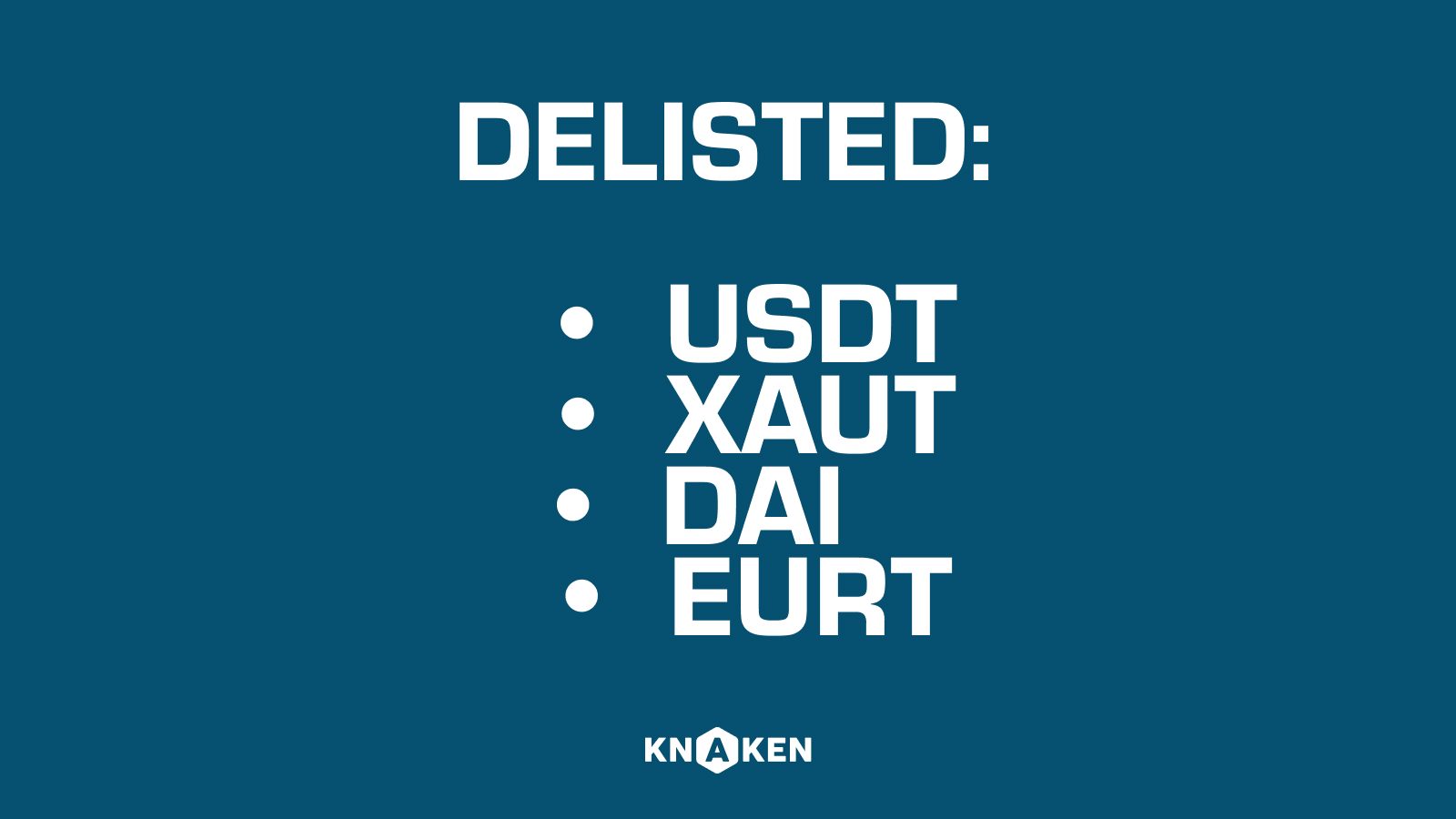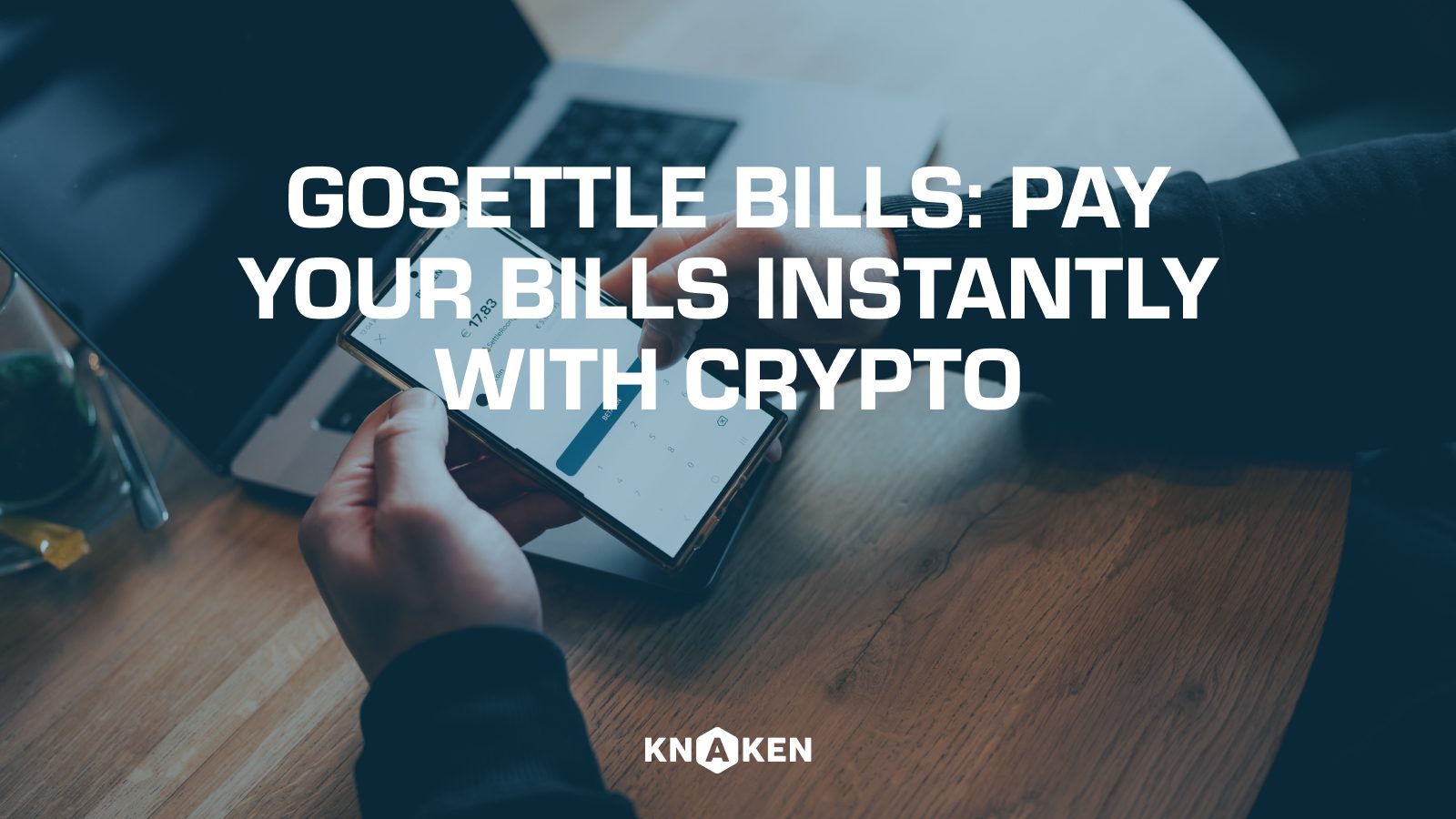Liquidity Pool
Introduction to Liquidity Pools
Liquidity pools are an essential component of decentralized finance (DeFi) platforms, enabling seamless trading and efficient market operations. They consist of a collection of funds deposited into a smart contract, which allows traders to swap assets without the need for a traditional order book seen in centralized exchanges. This concept plays a vital role in providing the necessary liquidity for trading pairs, ensuring that transactions can occur quickly and at minimal price slippage.
The Mechanism of Liquidity Pools
Liquidity pools operate primarily through automated market makers (AMMs) that replace traditional market makers in centralized exchanges. The mechanism relies on the following core principles:
- Smart Contracts: Liquidity pools are established via smart contracts on blockchain networks, such as Ethereum, Binance Smart Chain, and others, ensuring transparency and security.
- Token Pairing: Users deposit pairs of tokens (e.g., ETH/USDT) into the pool, which allows traders to trade between these assets.
- Liquidity Providers: Individuals who supply assets to the pool are referred to as liquidity providers (LPs). In return for their contributions, LPs earn a share of the transaction fees generated from trades within the pool.
Benefits of Liquidity Pools
Liquidity pools offer several advantages, including:
- Improved Liquidity: They facilitate quick and efficient trading, significantly reducing the likelihood of price slippage during large transactions.
- Access to DeFi Opportunities: Users can interact with various DeFi protocols, lending platforms, and yield farming opportunities by engaging with liquidity pools.
- Passive Income Generation: By providing liquidity, LPs can earn passive income through trading fees, as well as potential rewards in the form of governance tokens.
Liquidity Pool Risks
While liquidity pools present numerous benefits, they are not without risks:
- Impermanent Loss: This phenomenon occurs when the price ratio of the deposited tokens changes after they have been added to the pool, potentially resulting in lower token value compared to simply holding the tokens.
- Smart Contract Vulnerabilities: Risks associated with poorly audited or maliciously designed smart contracts can lead to loss of funds.
- Market Volatility: Significant price fluctuations can impact liquidity pool performance, affecting the overall returns for LPs.
How to Participate in a Liquidity Pool
Participating in a liquidity pool is relatively straightforward:
- Select a Pool: Choose a liquidity pool on a DeFi platform that aligns with your investment strategy.
- Connect Your Wallet: Use a cryptocurrency wallet (e.g., MetaMask) to interact with the DeFi platform.
- Deposit Tokens: Add the required tokens to the pool, ensuring you provide an equal value of both assets.
- Claim Rewards: Monitor your pool participation to claim transaction fees and potential token rewards periodically.
Popular Liquidity Pool Platforms
Several platforms have gained prominence in the DeFi space for their liquidity pool offerings:
- Uniswap: One of the first and most widely used decentralized exchanges (DEX), allowing users to create and join liquidity pools with various ERC-20 tokens.
- SushiSwap: A community-driven DEX that evolved from Uniswap, offering additional features and liquidity mining incentives.
- PancakeSwap: A leading DEX on Binance Smart Chain, providing lower fees and faster transactions compared to Ethereum-based platforms.
Conclusion
Liquidity pools have transformed the landscape of traditional and decentralized trading by providing a robust infrastructure for fast and efficient transactions. As the DeFi ecosystem continues to grow, understanding the intricacies of liquidity pools and their mechanics is crucial for anyone looking to navigate this space wisely. By participating in liquidity pools, users can not only gain access to a myriad of trading opportunities but also contribute to the overall stability and efficiency of decentralized markets.


















